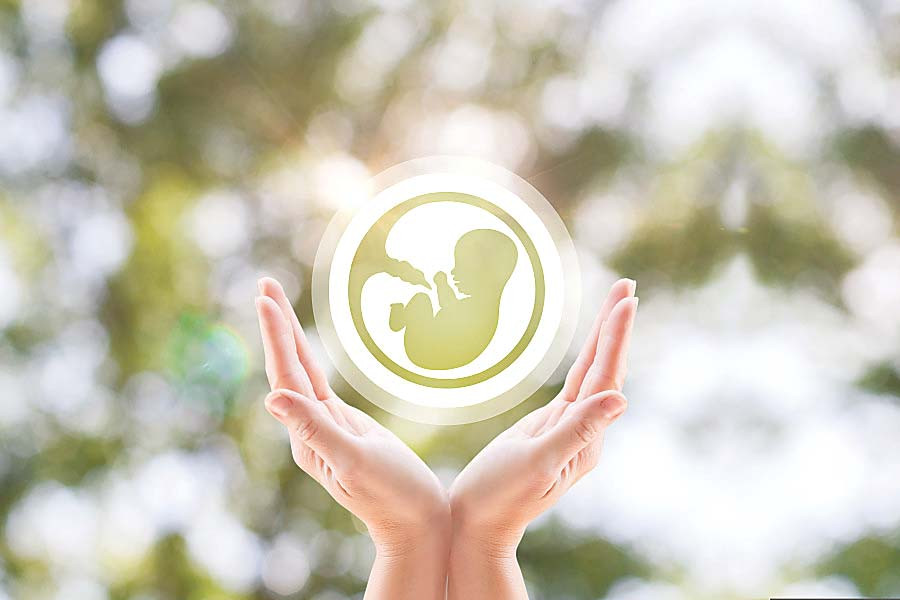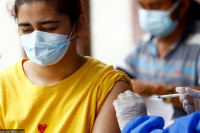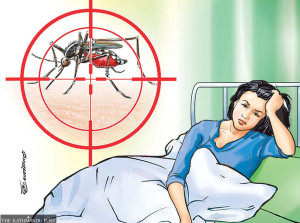Health
Experts call for legal framework on assistive reproductive technologies
With infertility rates rising and IVF services expanding, experts push for a dedicated law to govern the procedures.
Post Report
Infertility is emerging as a growing public health challenge in Nepal, mirroring a global trend that has experts calling for legal intervention to regulate assisted reproductive technologies (ART).
From 1990 to 2017, infertility rates worldwide increased annually by 0.370 percent for women and 0.291 percent for men, according to a study published in the journal Aging.
In Nepal, the surge in demand for infertility treatment is apparent on the ground.
If the data from December 2023 is to be taken into reference, the outpatient department of Paropakar Maternity and Women’s Hospital in Thapathali sees 50 to 60 women daily seeking infertility services, up from 10 to 15 just a few years ago.
In vitro fertilisation (IVF), introduced in Nepal in 2004 at Om Hospital, has since grown into a multi-million-rupee industry.
According to lawyer Deepesh Shrestha, who advocates for cases related to reproductive health, 42 clinics currently offer ART services across the country, with 25 located in Kathmandu Valley. Each IVF cycle costs between Rs300,000 and 600,000, with success rates ranging from 35 to 55 per cent.
Despite this expansion, there are no clear laws or guidelines governing ART in Nepal. IVF procedures involve fertilising an egg with sperm in a laboratory and transferring the embryo into a woman’s uterus. These procedures can use genetic material from couples themselves or donors, raising ethical, legal, and medical concerns.
“We need a separate legal framework to ensure service quality, accessibility, privacy, and accountability,” said Sabin Shrestha, executive director of the Forum for Women, Law and Development (FWLD).
The organisation on Monday hosted a stakeholder discussion to unveil a draft model law on ART aimed at protecting the rights, dignity, and safety of individuals and couples facing infertility.
The draft law addresses the regulation of service providers, donor and child rights, donor screening, ethical boundaries, gamete donation and penalties for violations.
Sabin Shrestha noted that while the Safe Motherhood and Reproductive Health Rights Act of 2018 touches on reproductive issues, it fails to address ART.
“Six new couples seek fertility services at clinics every week,” he said. “But despite the government’s 2023-24 policy promising free and safe infertility treatment across provinces, there is no corresponding legal framework to ensure accountability or protect against abuse.”
Sita Ghimire, a legal officer at the Department of Health Services under the Ministry of Health and Population, acknowledged the legislative void at the event.
“The government has not initiated any dialogue on ART-related legislation yet…beginning the conversation on the need for such a law from the civil society is a significant step,” she said.
The mid-July investigation related to an illegal ova trafficking ring targeting underage girls makes the need for legal clarity more apparent, experts say.
The Central Investigation Bureau (CIB) and the Anti-Human Trafficking Bureau found that girls under 18 were lured with money to donate their eggs under the guise of helping childless couples.
Legal complications followed. Nepal does have laws governing sperm donation and storage, but it lacks specific legislation on ova donation. So, authorities struggled to determine applicable charges.
Initially treated as a human trafficking case, the matter was later transferred to the CIB due to an unclear interpretation of whether ova count as organs under existing laws.
“Illegal ovum trading, like what we saw recently, is also a consequence of this legal gap,” advocate Shrestha said. “We need a law that can clarify accountability and legal consequences.”
The absence of clear laws on ART could eventually lead to violations of Nepal’s anti-incestuous marriage laws. Such unions, aside from being illegal, pose serious medical risks, as they increase the likelihood of inherited genetic disorders by perpetuating harmful genes within the population.
Importantly, the ART legislation should be inclusive. “In our draft model, we define ART access for individuals and couples, not just men and women,” said advocate Shrestha. “This makes the law more inclusive for queer and homosexual couples. The government must ensure ART legislation protects all reproductive rights.”
They intend to share the final draft of the model law with the government as a recommendation for a separate act for ART, said advocate Shrestha, who is also one of the key persons involved in the drafting of the model law.
Integrated legislation that can address ethical and safety concerns, donor and child rights, exploitation risks, and human rights issues for both service providers and recipients is necessary, experts add.




 13.12°C Kathmandu
13.12°C Kathmandu













